1. Introduction to Pantheon Paris
The Pantheon Paris stands in the 5th arrondissement, atop Montagne Sainte-Geneviève at the heart of Place du Panthéon. Built between 1758 and 1790 by architect Jacques-Germain Soufflot under King Louis XV’s commission, it was initially intended as a church dedicated to Saint Genevieve, the patron saint of Paris. However, the French Revolution altered its destiny before completion.
2. Transformation of the Pantheon
2.1. From church to national mausoleum
In 1791, the National Constituent Assembly converted the Pantheon Paris into a mausoleum honoring distinguished French citizens, inspired by the Roman Pantheon. During the 19th century, it alternated between religious and secular roles until 1881, when the Third Republic declared it an exclusive mausoleum.
2.2. Victor Hugo’s funeral
The 1885 funeral of Victor Hugo marked a turning point, solidifying the Pantheon’s new purpose. Architectural adjustments followed, including changes to the dome’s crown and sculptures, alternating between a cross and a flag.
3. Architecture and significance of the Panthéon
The Panthéon is a masterpiece of Neoclassical style, with its dome inspired by Bramante’s Tempietto. Despite modifications, it preserves much of its original elegance.
4. Science and the Foucault pendulum
In 1851, scientist Léon Foucault conducted his groundbreaking pendulum experiment in the Panthéon, proving Earth’s rotation – a milestone in scientific history.
5. The Panthéon today
As of December 2021, the Panthéon Paris houses the remains of 81 notable individuals, many interred during Napoleon’s First Empire. It remains a must-visit landmark in Paris.
 Register
RegisterSign in Travel Agent
Sign in Supplier
Sign in Affiliate
Sign in Guru


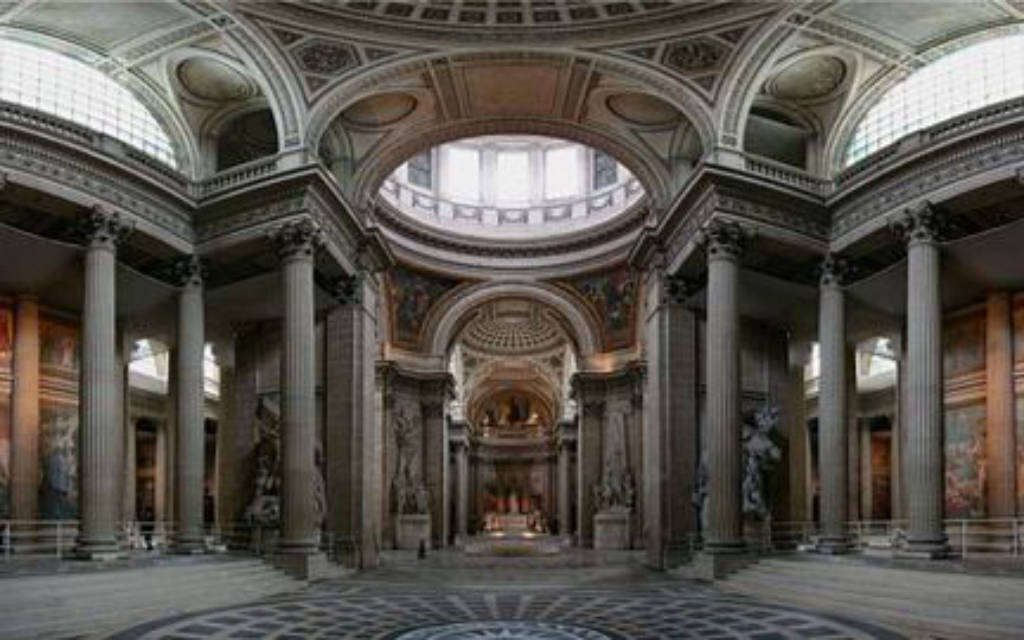
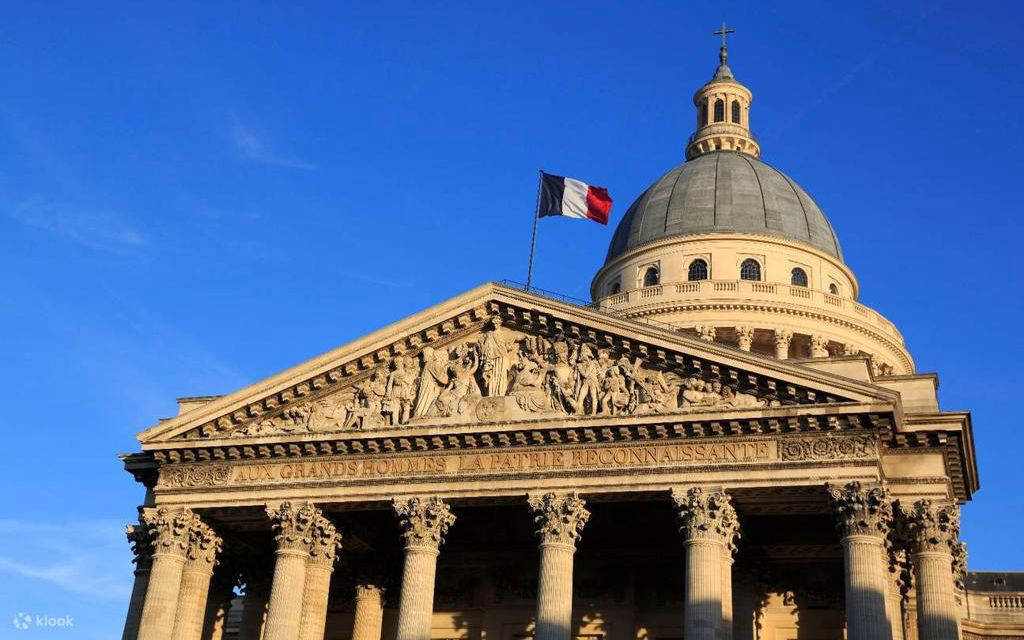
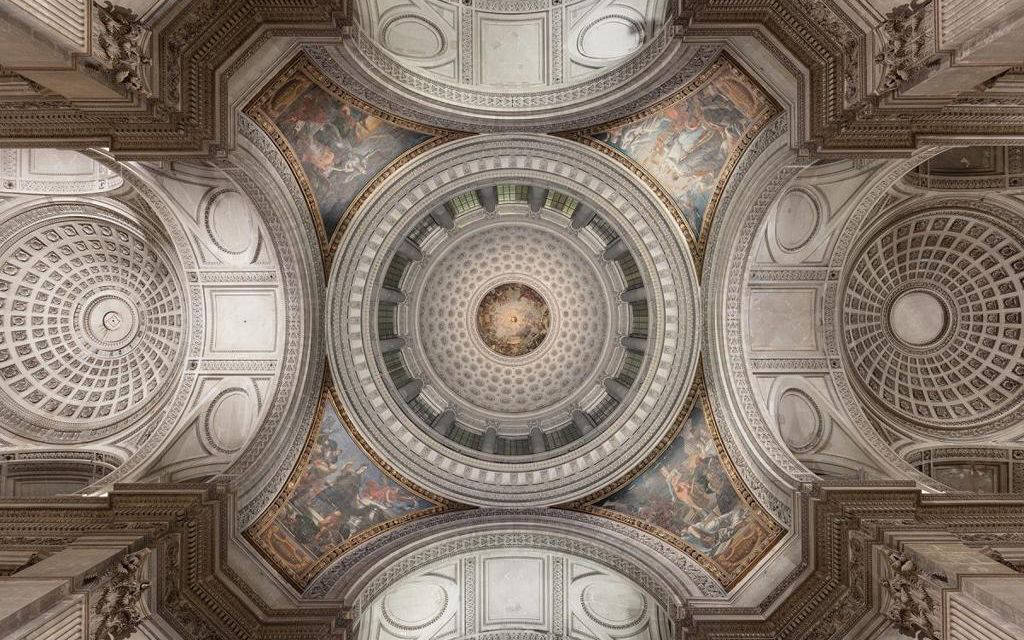
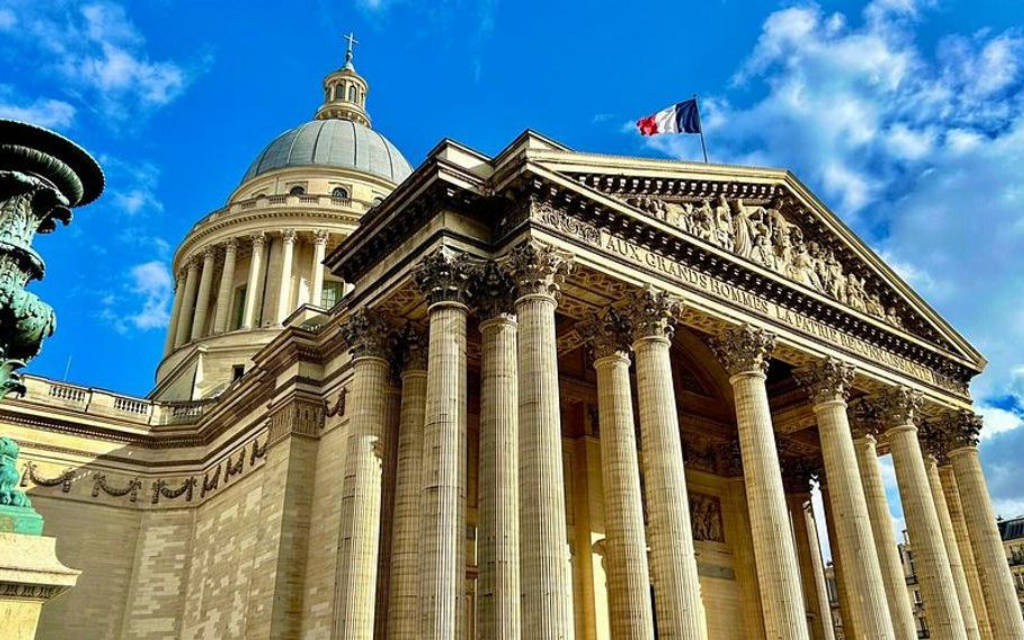
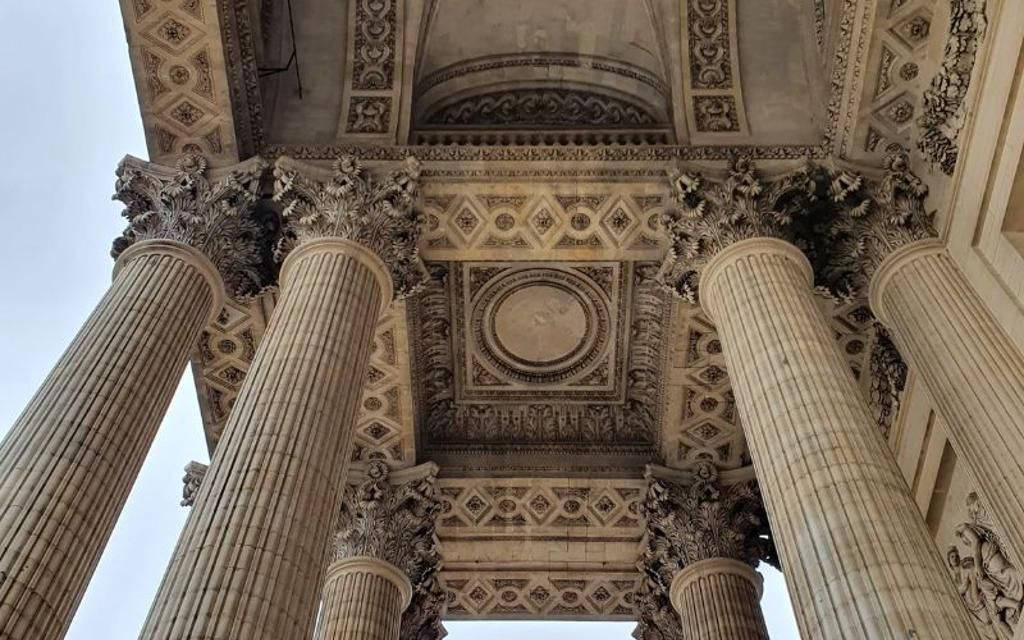



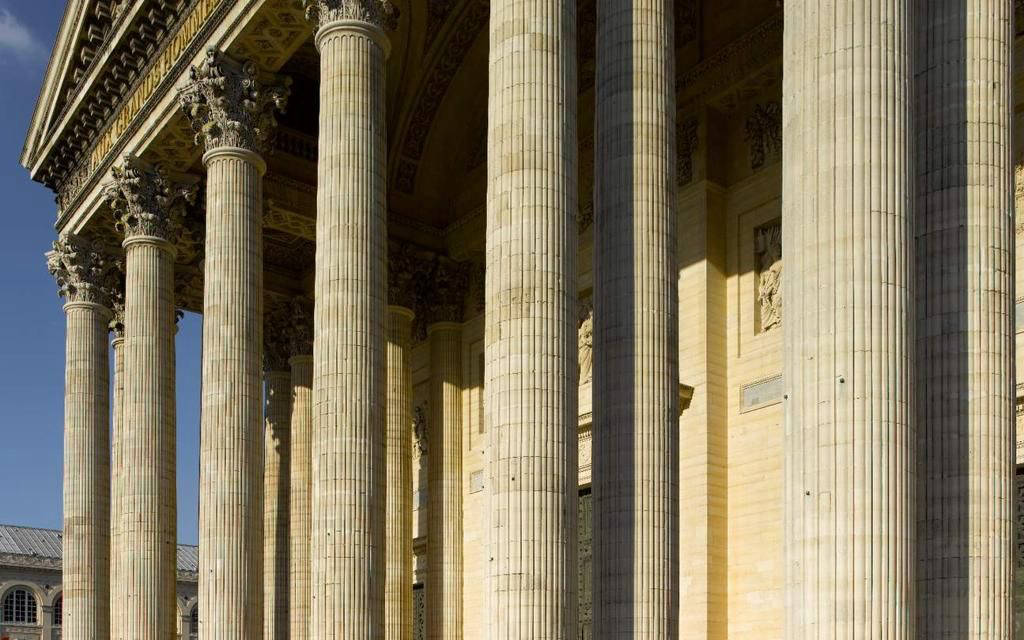







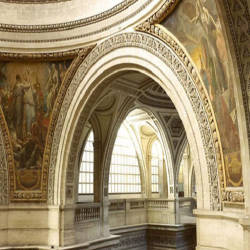
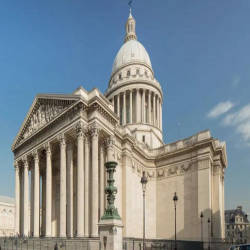

 Pl. du Panthéon, 75005 Paris, Pháp
Pl. du Panthéon, 75005 Paris, Pháp